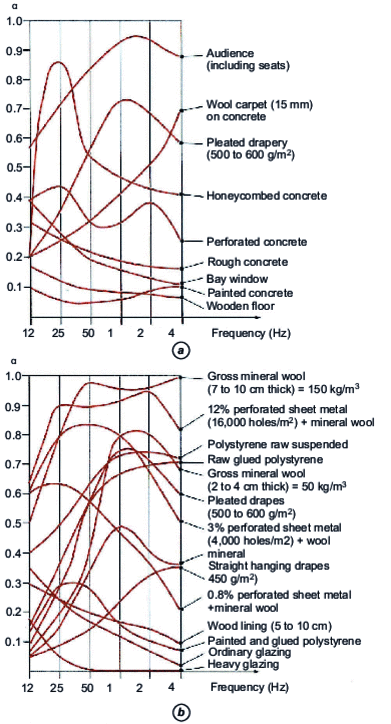Overview
Read this article from a comprehensive knowledge base, updated and supplemented with articles reviewed by scientific committees.
Read the articleAUTHOR
-
Jacques JOUHANEAU: Professor at the Conservatoire National des Arts et Métiers (CNAM)
INTRODUCTION
Given the complexity of the physical laws governing the phenomena of propagation, absorption and diffraction by obstacles, the study of room acoustics can only be approached using simplified models based on laws analogous to those of geometric optics, wave laws and statistical laws.
When these models fail, we try to explain the observed phenomena by appealing to distributions:
for transient conditions ;
for steady-state operation.
These distributions highlight the limits of validity of statistical laws.
In cases where room geometry becomes too complex and none of the above approaches is satisfactory, it becomes necessary to resort to theories involving energy exchange balances. The resulting laws apply equally well to different parts of the same room, and to ensembles made up of several rooms, whether juxtaposed or not.
But the complete study of a room attributes increasing importance to perceptive effects. To describe a room, we need to introduce a number of criteria that reflect the different components involved in defining room quality.
Exclusive to subscribers. 97% yet to be discovered!
You do not have access to this resource.
Click here to request your free trial access!
Already subscribed? Log in!

The Ultimate Scientific and Technical Reference
CAN BE ALSO FOUND IN:
This article is included in
The finishing and equipment of the building
This offer includes:
Knowledge Base
Updated and enriched with articles validated by our scientific committees
Services
A set of exclusive tools to complement the resources
Practical Path
Operational and didactic, to guarantee the acquisition of transversal skills
Doc & Quiz
Interactive articles with quizzes, for constructive reading
Room acoustics
Absorption coefficients of different materials

Room quality assessment criteria
As early as 1900, Sabine implicitly introduced the first criterion of room quality, based on the estimated reverberation time. Today, most authors agree that the acoustic quality of a room can be determined from a minimum of four or five criteria.
Among the most frequently cited are EDT [Early Decay Time: reverberation time calculated over the 0 to – 10 dB interval of the impulse...
Exclusive to subscribers. 97% yet to be discovered!
You do not have access to this resource.
Click here to request your free trial access!
Already subscribed? Log in!

The Ultimate Scientific and Technical Reference